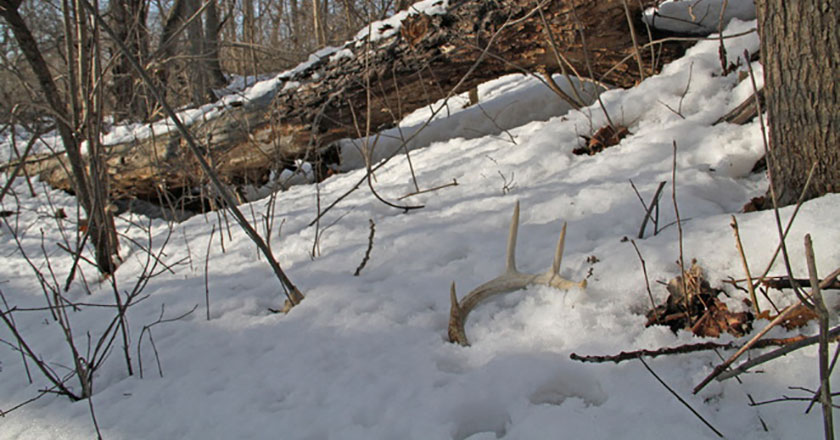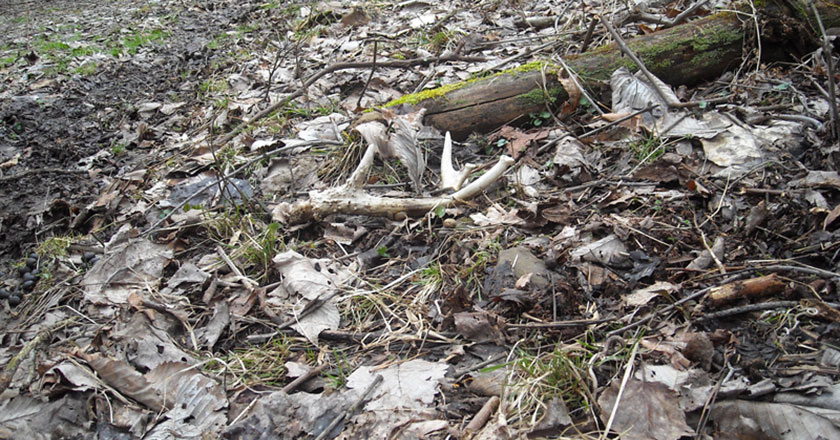Find a perfect shelter can help you hunt the target successfully.But you must know this growing sport is you’re charged with covering an infinite amount of space with a finite amount of free time. Because no one has time to look by every tree or walk down every corn row, the trick becomes maximizing the time you have by eliminating unproductive ground and focusing on the best spots.
Agricultural Feeding Areas
First, what makes a good feeding area? That depends on where you live. In agricultural areas, deer might eat corn, soybeans, alfalfa, turnips, clover, winter wheat or other crops. The trick is to eliminate lesser feeding areas and focus on the best food sources. Although bucks often separate from does and fawns for most of the year, all deer will congregate at a good food source.
Finding a good food source in farmland can be a lot easier than finding one in forested areas without crops simply because of visibility. Just like deer hunting, you must do some scouting.
A good way to do that is to drive around at dusk and spot deer. Odds are they will be grouped up at one field while other fields remain deer-less. If you can’t drive around, look for tracks in snow or mud. Keep in mind these tracks must be fresh. Deer might use different areas during shedding season than they did during fall.
Try to find one hot field. Deer might congregate at a specific field because it was left unharvested, there was more waste grain left over or they prefer one food source over others. Think green, too. Often, green food sources such as alfalfa or winter wheat will attract more deer than cornfields or soybean fields. Woodland Feeding Areas
Woodland Feeding Areas
If you live in a forested area without crops, you might have to work harder to find productive feeding areas. But if you’re observant, you’ll find bitten-off limbs, pawed ground or other indicators of what deer feed on in forests. Some- times, as with a white cedar swamp, where deer might feed on any reachable cedar branch, the feeding area will be broad and less defined. In other cases, such as a lone mast tree, deer might use one tree as a food source, which greatly narrows your search.
Good winter woodland food sources vary widely by geographic area but might include white cedar, balsam fir, mountain laurel, creeping cedar, oak acorns, apple trees, aspen bark, red osier dogwood or others. I have witnessed apple trees where the snow underneath resembled dimples on a golf ball from deer tracks. I’ve also seen white cedar swamps that were full of trails and were heavily used by deer, but they required much more searching than the well-defined lone apple tree. The trick is identifying good woodland food sources in your area and seeing how deer relate to them.
Bedding Areas
Deer spend most of their time bedding to conserve energy in winter, especially in cold regions. Therefore, when you hunting deer,bedding areas should be high on your list of places to search for sheds.
A deer chooses a bedding area based on a few criteria. First, a bedding area should provide shelter from the elements. Conifer thickets often fill the bill because conifer branches block the wind and catch the snow before it hits the ground, making for easier travel. Bedding areas also should provide cover from predators. That’s one reason deer spend time in brushy thickets. It is almost impossible for a predator to sneak up on a deer unannounced when it must navigate thick tangles of briars and branches. Eliminating Turf
Eliminating Turf
After you’ve found a good bedding area and a good food source in your area, focus on those spots. Don’t get overwhelmed by the big picture. Stick to those areas, and try to eliminate less-productive places.
In time you’ll get a feel for not only how deer use your specific property, but how deer relate to their habitat overall. Most of all, eliminate, eliminate, eliminate. Remember, you only have a finite amount of time so hit the best spots first. The presence of snow or even good mud tells you where deer have been but also — and more importantly — where they haven’t been. Keep that in mind as you narrow your area to the most likely shed hunting spots.
By skipping over less desirable food sources, marginal bedding areas and other places that might hold some attraction for deer, you will certainly miss some sheds. But you’re going to miss some no matter where you look, so maximize your time in the best places, and go back to secondary areas only if time permits.
Shed hunting is a fun pastime that lets you extend your deer season for several months. It’s a great way to learn about the bucks that survive on your hunting land, and picking up a fresh bone is always exciting.
